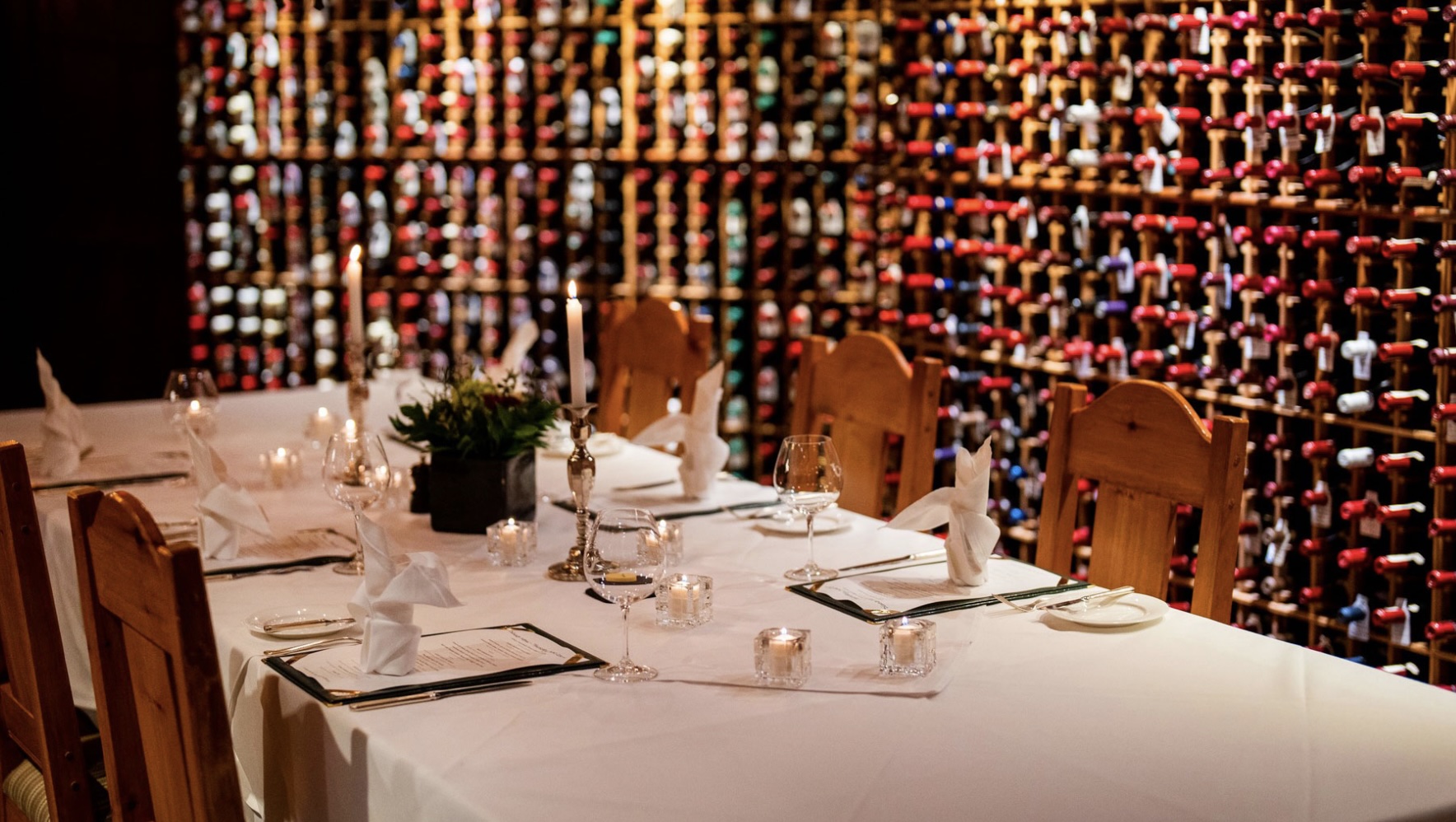The Daily Mail reported on Monday that Michelin, the institution known for its incredibly competitive Michelin Guide star system that makes or breaks fine dining restaurants all over the world, is now setting its sights on the world of wine. Though it remains unclear as to how the institution will approach a ranking system in terms of the wine industry, it appears to have lofty ambitions.
The leap is not completely out of left field, as Michelin already owns Wine Advocate. Wine Advocate is the brainchild of famed critic Robert Parker, who changed the landscape of wine reviews with his 100-point system. Parker championed regions like Bordeaux and California, and favored high-alcohol red wines.
In the 1990s, high Parker scores were so highly sought after that wineries in regions like Bordeaux changed their profile to cater to Parker’s legendary — or notorious, depending on who you ask — palate. VinePair reported in September 2021 that wineries catering to Parker’s palate led to a dramatic increase in wine sales, as customers often prized wines rated 100 points.
“There became a formula for certain types of wines,” said Founder of Rarecat Wines in Rutherford, California, Sharon Kazan Harris, according to the outlet. “If you had the right winemaker, the right vineyard manager, and the right kind of flavor profiles, you would go straight to being able to access those 100 points.”
As to what the Michelin Guide intends to do with rating wineries, the brand’s chairman believes that Michelin is “much more powerful” than Wine Advocate, and a French outlet claimed that the new wine guide will “conquer the world.”
About The Michelin Guide and Rating System
Michelin rates restaurants based on a star system. The organization itself shares that it considers techniques, the personality of the chef expressed through their food, ingredient quality, consistency, and the harmony of flavors in a restaurant’s menu.
The highest amount of stars a restaurant can achieve is three Michelin stars, and some legendary three-star restaurants include Providence, Alinea, Eleven Madison Park and Atelier Crenn.
Forbes reported in 2019 that Michelin Restaurant Inspectors operate under the veil of anonymity, and that continues to be true today. Michelin inspectors travel as much as three weeks in a month and typically eat out about 10 meals in a week.
Inspectors visit the same restaurant multiple times in a year to ensure they are offering consistency, and for restaurants to achieve a two or three-star designation, they often cater to multiple anonymous Michelin inspectors at any time.
Michelin also features a Bib Gourmand, which lists value-oriented, quality cuisine — and usually the restaurants that end up on this list are the inspectors’ favorites, according to Forbes.

No responses yet